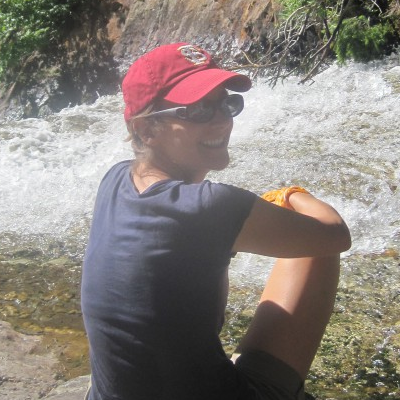Habitat Management in Agroecosystems
A special issue of Insects (ISSN 2075-4450).
Deadline for manuscript submissions: closed (31 May 2017) | Viewed by 37372
Special Issue Editors
Interests: vegetable entomology; insect genomics
Special Issues, Collections and Topics in MDPI journals
Special Issue Information
Dear Colleagues,
Increasing habitat diversity in agroecosystems at the local and landscape level can contribute to sustainable crop production. Beneficial insects require resources that are not typically found in monocultures, such as access to diverse pollen resources, shelter, and a stable microclimate. Increasing plant diversity by growing insectary plants in wind breaks and field margins or using conservation tillage practices and mulches can lead to increased pest suppression by natural enemies, improved pollination of crops, and enhanced weed seed predation. These ecosystem services are important for growing food more sustainably and can be used as components of both conventional and organic farming strategies. Articles in this special issue will focus on advances in our understanding of the impacts of habitat diversification in agriculture.
Prof. Dr. Zsofia Szendrei
Dr. Amanda Buchanan
Guest Editors
Manuscript Submission Information
Manuscripts should be submitted online at www.mdpi.com by registering and logging in to this website. Once you are registered, click here to go to the submission form. Manuscripts can be submitted until the deadline. All submissions that pass pre-check are peer-reviewed. Accepted papers will be published continuously in the journal (as soon as accepted) and will be listed together on the special issue website. Research articles, review articles as well as short communications are invited. For planned papers, a title and short abstract (about 100 words) can be sent to the Editorial Office for announcement on this website.
Submitted manuscripts should not have been published previously, nor be under consideration for publication elsewhere (except conference proceedings papers). All manuscripts are thoroughly refereed through a single-blind peer-review process. A guide for authors and other relevant information for submission of manuscripts is available on the Instructions for Authors page. Insects is an international peer-reviewed open access monthly journal published by MDPI.
Please visit the Instructions for Authors page before submitting a manuscript. The Article Processing Charge (APC) for publication in this open access journal is 2600 CHF (Swiss Francs). Submitted papers should be well formatted and use good English. Authors may use MDPI's English editing service prior to publication or during author revisions.
Keywords
- tillage
- cover crop
- landscape
- diversity
- habitat
- weed
- arthropod
- beneficial
- natural enemy
- predator
- parasitoid
- mulch
- insectary plants
- flowering hedgerows
- field margin
- pest suppression
- agriculture







